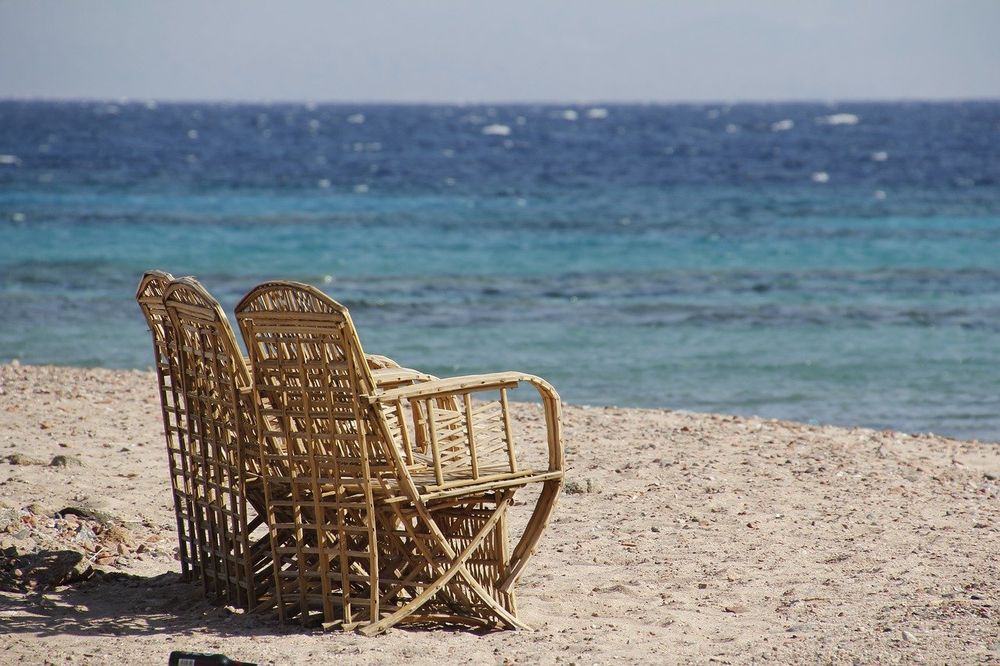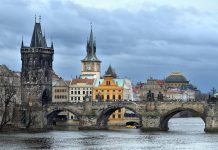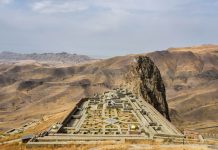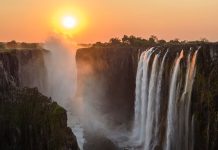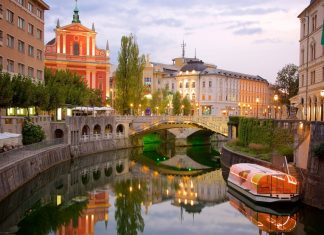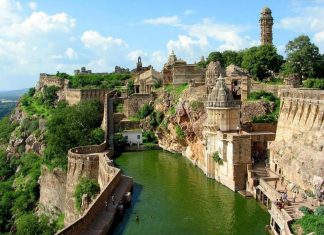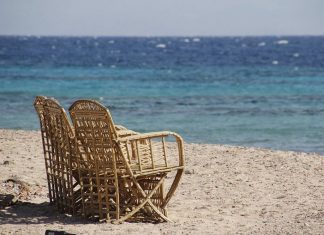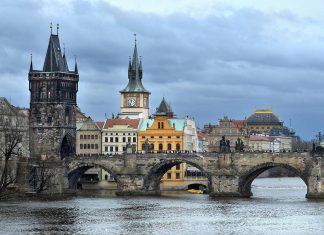The Republic of Serbia , together with the Republic of Montenegro,is a constituent part of The State Union of Serbia and Montenegro . It contains two autonomous provinces: Vojvodina and Kosovo and Metohija.
Serbia is located in the Balkans and in the Pannonian Plain. It is placed at the crossroads between Central, Southern and Eastern Europe. The Danube river flows through the northern third of the country; it is 588 km long and forms the border with Croatia and part of Romania. The Sava river forms the southern border of the Vojvodina province, flows into the Danube in central Belgrade, and bypasses the hills of the Fruška Gora in the west. Sixty kilometers to the northeast of Belgrade, the Tisa river flows into the Danube and ends its 1350 km long journey from Ukraine, and the partially navigable Tamis flows into the Danube near Pancevo. The Begej river flows into Tisa near Titel. All five rivers are navigable, connecting the country with Northern and Western Europe to Eastern Europe and to Southern Europe
Eastern border of the country is determined by the Carpathian Mountain range, which runs through the whole of Central Europe, separating it from the East. Carpathians meet the Balkan Mountains, following the course of Velika Morava, a 500 km long river. Midzor peak tops Eastern Serbia at 2156 m. In the southeast Balkan Mountains meet the Rhodope Mountains, connecting the country with Greece. Sar Mountains of Kosovo form the border with Albania, with one of the highest peaks in the region, Djeravica. Dinaric Alps of Serbia follow the flow of the Drina river (at 350 km navigable for smaller vessels only) overlooking the Dinaric peaks on the other side of the shore in Bosnia and Herzegovina.
Temperate continental climate, with a gradual transition between the four seasons of the year (worm summers, with temperature up to 30°C and snowy winters, with temperature from – 5°C to 10°C).
The majority of the population of Serbia are Serbs (66 per cent), but another 37 nationalities also live on its territory (Albanians 17 per cent, Hungarians 3,5 per cent, followed by Romanians, Croats, Bulgarians and others). All citizens have equal rights and responsibilities and enjoy full national equality.
Belgrade ( Beograd ) is a capital city, with a population of 1,6 millions, is the administrative, economic and cultural heart of Serbia .
The official language is Serbian and official alphabet is Cyrillic as well as Latin. In the areas inhabited by national minorities, the languages and alphabets of the minorities are in official use, as provided by law.
The main religion in Serbia is Christian Ortodox. There are also other religious communities in Serbia : Islamic, Roman Catholic, Protestant, Jewish and other.

